5 HIDDEN COSTS IN YOUR LANDSCAPE
5 Ways to Stop Your Landscape from Robbing you Blind
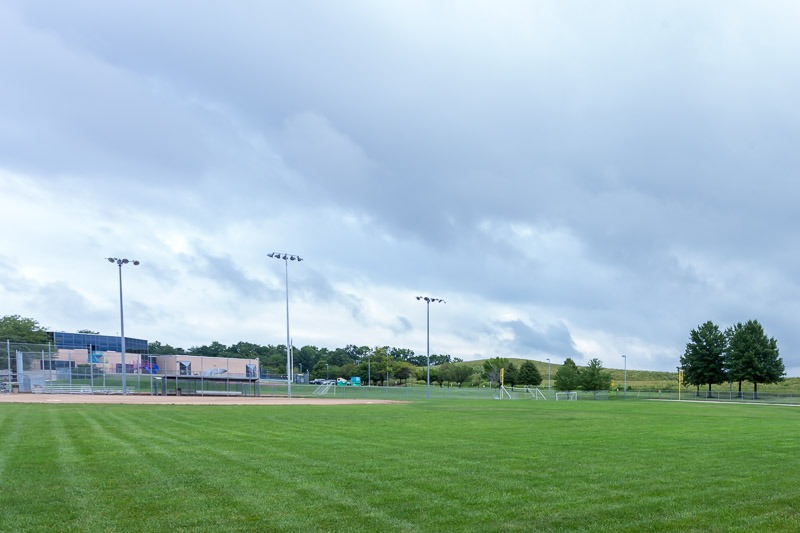
For the last five years, True North Outdoor has been challenging the establishment with our unique landscape maintenance system called “Bio-Centric Landscaping.”
This unique blend of science and nature has allowed many of our clients to embrace sustainable landscaping without sacrificing their beautiful landscapes. Before your write us off as tree-hugging greenies, consider this; they saved money too. Here are the top 5 tools we’ve used to help them stop wasting money on their landscapes.
1. REDUCE TREE DEATH
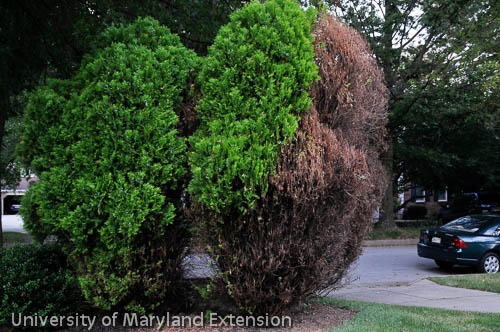
We are astonished at how many trees our clients were replacing year after year on their properties. Many of our clients had become so used to replacing trees every year that they had a budget line item for “Tree Replacement.” Nobody took the time to use real science to diagnose and recommend treatment strategies to help them save their trees. Many of the trees we have saved cost virtually nothing.
2. REDUCE SYNTHETIC FERTILIZERS
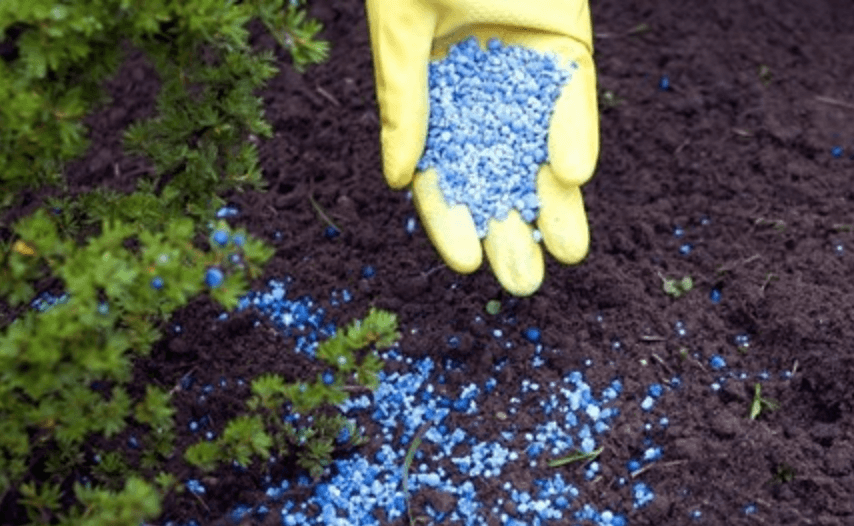
Have you ever been to a beautiful state or national park? Towering forests and lush pastures full of vibrant, healthy plants? Even the six thousand year old towering redwoods have grown without the aid of synthetic fertilizers. So where does their fertilizer come from? Would you believe it comes out of thin air? Yep.
Despite how good it feels for us to breathe in some fresh air on a crisp fall morning, that air only has about 21% oxygen. After you take out about 1% of miscellaneous gasses, the other 78% is nitrogen. Yes. The same nitrogen that you spend money to buy in bagged form and then spend time or money to spread out all over your landscape.
It turns out nature has a clever way to get that nitrogen from the air into the ground in a way plants can use. It’s called “Nitrogen Fixation” and it’s a fancy way of explaining how beneficial soil bacteria grab the nitrogen from the air into their cells. When they die (they only have a life cycle of 2 to 15 days) they release their nitrogen into the soil in a “fixed” form, ready for the plants to use.
Prior to the whole “Organic” wave hit us, we’d all been told to use about 5 pounds of nitrogen for every 1000 square feet of landscape. Not only was this process expensive, it actually can damage those little microbes in your soils that want to make your fertilizer for free. Bottom line: stop using synthetic fertilizers.
In addition to topdressing your landscape with compost where needed, consider switching to an organic fertilizer that will actually feed the microbes instead of killing them.
3. REDUCE INSECTICIDE USE
Love the Bugs, Nix the Raid
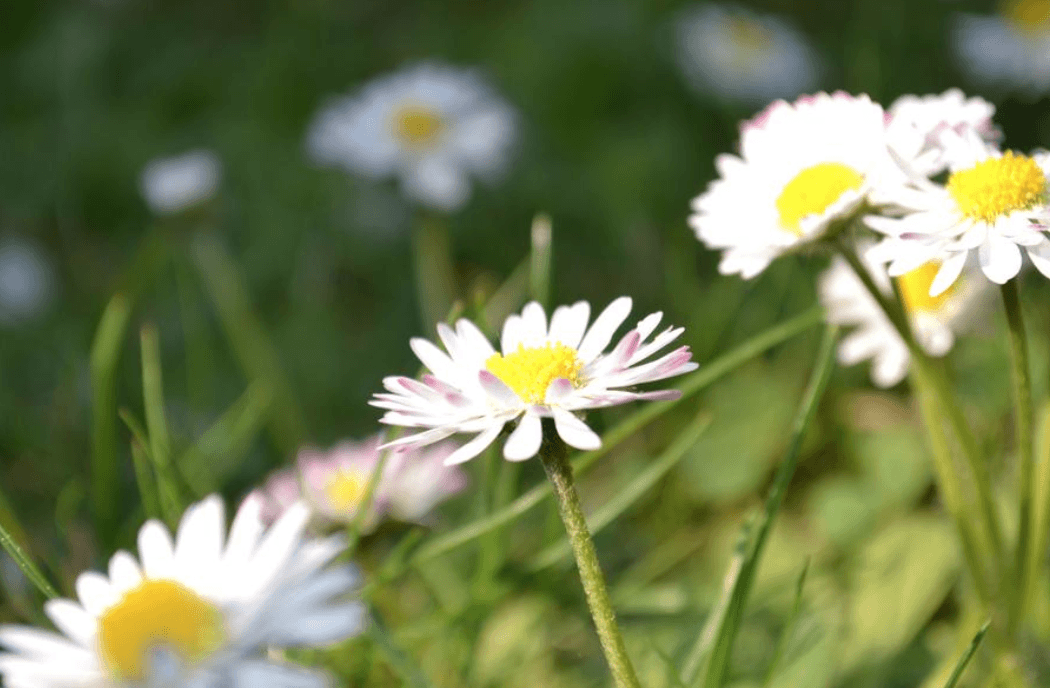
If you walk down the “Lawn and Landscape” aisle at the hardware store, you’ll see pallets laden with landscape products designed to kill bugs. Most of those insecticides are not selective. They will kill almost every tiny living they come into contact with.
Just above, we explained how little microbes in the soil will actually make free fertilizer for you, but that’s just the beginning. Turns out that plants and all the critters in and around the soil have developed a very symbiotic relationship. They help each other out in all kinds of interesting, fascinating ways. Aerating the soil, fighting off disease and helping plant roots find and store water. Here’s what Dr. Elaine Ingham, of Oregon State University has to say about the subject:
“If we lose both bacteria and fungi, then the soil degrades. Overuse of chemical fertilizers and pesticides have effects on the soil organisms that are similar to human overuse of antibiotics. Indiscriminate use of chemicals might work for a few years, but after awhile, there aren’t enough beneficial soil organisms to hold onto the nutrients”
Look, we use insecticides on a limited basis. We realize that sometimes you need to protect your roses and tomatoes when they are under attack! The best way to think about insecticides is to treat them like taking antibiotics. Use them when you must, but always as little as possible because in the end, you can do more harm than good. Besides, they are dang expensive!
4. WELCOME NATIVE PLANTS
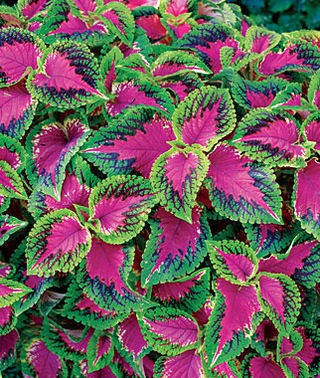
If you’re reading this, there’s a good chance you’re passionate about landscapes and if that’s the case, you’ve probably enjoyed wandering around the local nursery or greenhouse eying all the cool flowers, shrubs and trees you could use to make your property shine, but if you’ve struggled with frequent plant replacements and high irrigation and chemical costs, there’s a good chance you’ve got some poorly adapted plants you’re trying to nurture.
It turns out that there are hundreds of natural flowers, grasses and trees that have been making our area beautiful for hundreds or even thousands of years. They are our native plant species and they would rather be ignored than pampered. They have built in strategies to fight of pests, thrive in our weird weather and even take on some our rough soils.
It used to be hard to find a lot of these species but thanks to a lot of work from our universities and other plant loving folks, (checkout kswildflower.org and grownative.org for a couple great examples) many of these breeds are being grown and can be made available in either seed or small plantings with a bit of notice. Switching out some of your high maintenance plantings for these beautiful yet hardy natives will have you singing all the way to the bank.
Read more about plants native to Kansas and Missouri here.
5. EMBRACE WATER MANAGEMENT
Money down the drain

If you walk down the “Lawn and Landscape” aisle at the hardware store, you’ll see pallets laden with landscape products designed to kill bugs. Most of those insecticides are not selective. They will kill almost every tiny living they come into contact with.
Just above, we explained how little microbes in the soil will actually make free fertilizer for you, but that’s just the beginning. Turns out that plants and all the critters in and around the soil have developed a very symbiotic relationship. They help each other out in all kinds of interesting, fascinating ways. Aerating the soil, fighting off disease and helping plant roots find and store water. Here’s what Dr. Elaine Ingham, of Oregon State University has to say about the subject:
“If we lose both bacteria and fungi, then the soil degrades. Overuse of chemical fertilizers and pesticides have effects on the soil organisms that are similar to human overuse of antibiotics. Indiscriminate use of chemicals might work for a few years, but after awhile, there aren’t enough beneficial soil organisms to hold onto the nutrients”
Look, we use insecticides on a limited basis. We realize that sometimes you need to protect your roses and tomatoes when they are under attack! The best way to think about insecticides is to treat them like taking antibiotics. Use them when you must, but always as little as possible because in the end, you can do more harm than good. Besides, they are dang expensive!
It turns out that embracing the Bio-Centric approach to landscape maintenance isn’t just good for the planet, it’s good for your budget too. If you’re interested in finding out more about our Bio-Centric method, we invite you to schedule a free, science based property assessment and lab workup.
